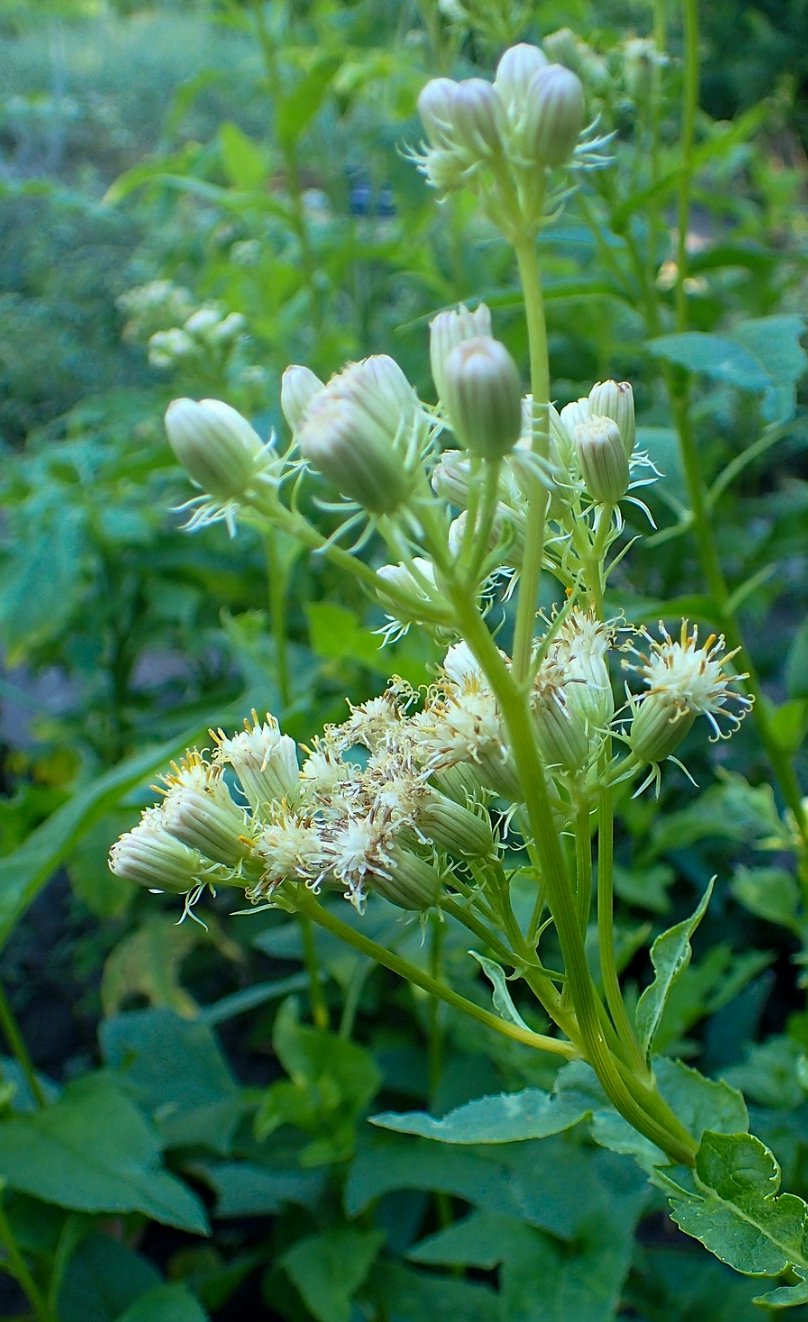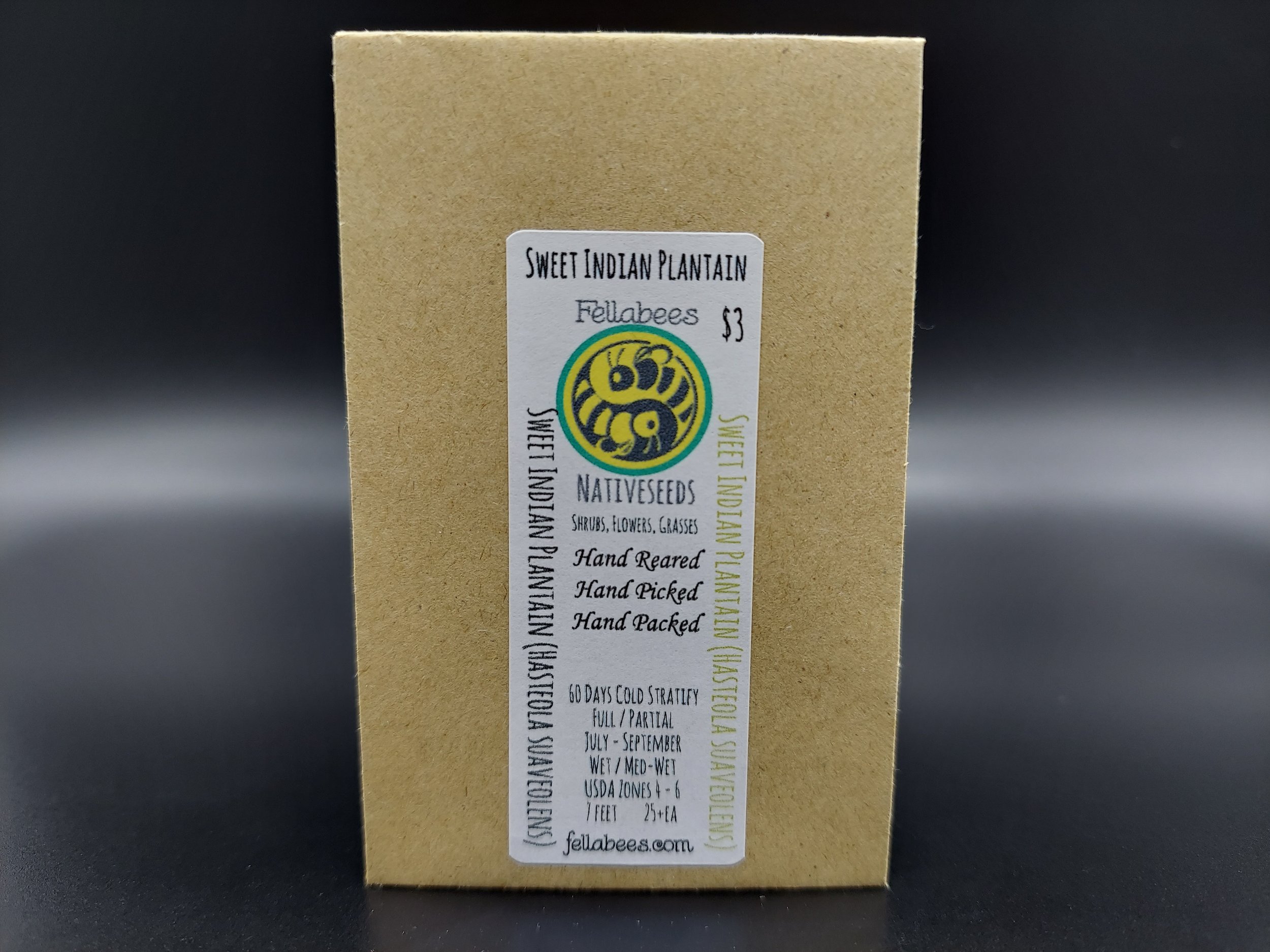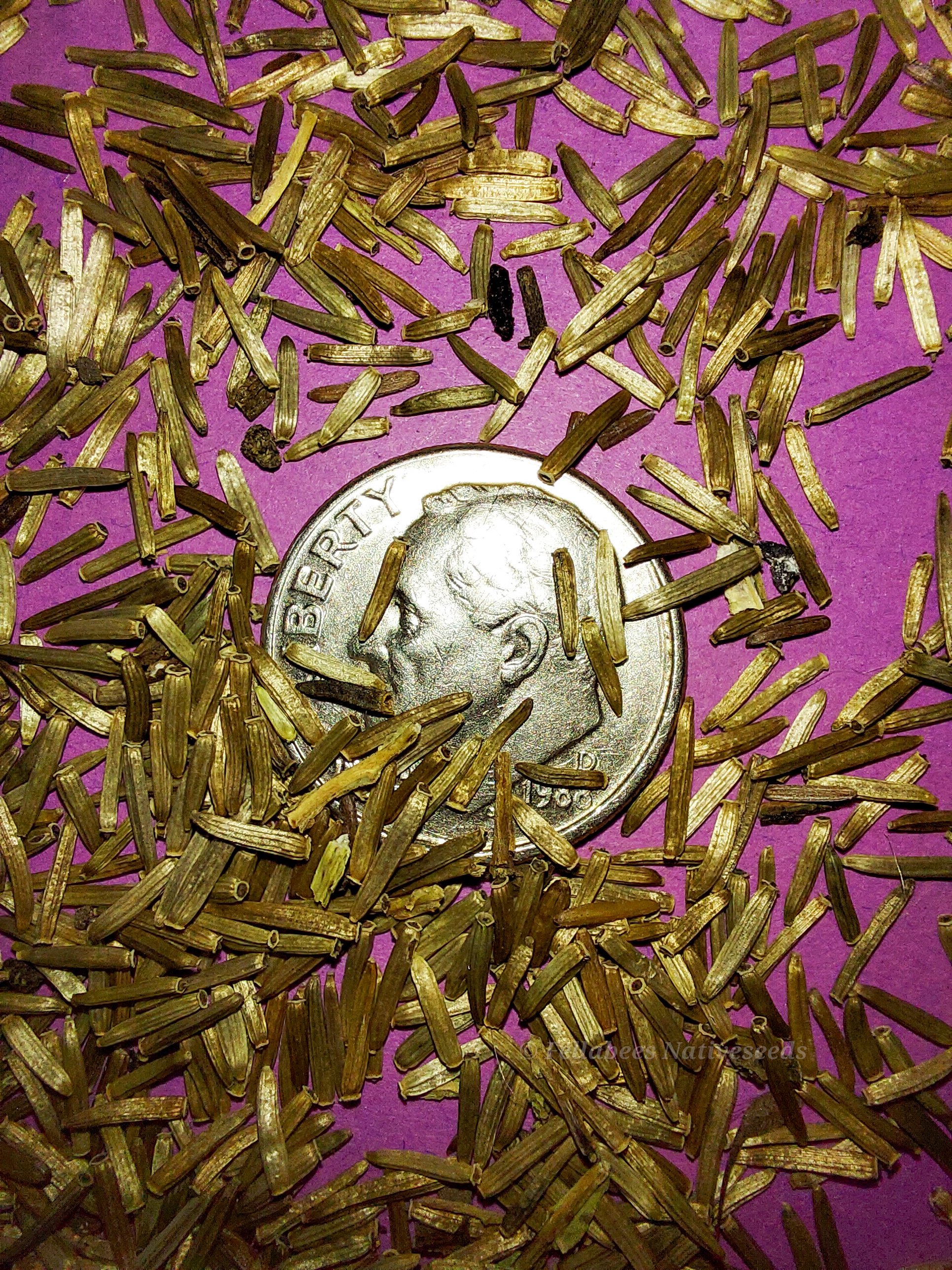 Image 1 of 3
Image 1 of 3

 Image 2 of 3
Image 2 of 3

 Image 3 of 3
Image 3 of 3




Sweet Indian Plantain (Hasteola suaveolens)
Sweet Indian Plantain (Hasteola suaveolens)
Hasteola suaveolens, known by the common names false Indian plantain and sweet scented Indian plantain, is a perennial forb native to the northeastern and north-central United States. It is found from Massachusetts south to Virginia and North Carolina, and west as far as Minnesota and Minnesota and Missouri.
Hasteola suaveolens has a native range that includes twenty-two states east and two states west of the Mississippi River, in eastern and central USA. It is listed as an endangered species in the states of Connecticut, Maryland, Minnesota and New York, it is listed as threatened in Iowa and Tennessee, and it is listed as historical in Rhode Island, meaning that it is presumed extirpated.
Hasteola suaveolens is now less common or absent in the northern part of its range. There may be only one population left of this species in all of New England. In Virginia, it grows in habitats such as floodplain forests and riverbanks, along the Potomac, Shenandoah, and New rivers.
The presence of this species is dependent on appropriate habitat, and it may be eliminated from an area by development, changes in land use, or competition with invasive species.
In Minnesota the native habitat is wet meadows along stream banks and the edges of marshes but due to the loss of much these habitats it may be restricted to wet ditches.
Plant Details
USDA Zones: 4-6
Germination Needs: 60 Days Cold Stratification
Life Cycle: Perennial
Sun Exposure: Full to Partial
Soil Moisture: Wet, Medium-Wet
Plant Spacing: 1-2 feet
Height: 7 feet
Bloom time: July, August, September
Bloom Color: White
Advantages
Pollinator Favorite
Deer Resistant Yes, to an extent. Deer will browse its young foliage but typically will not eat the stalk, the plant generally survives herbivoy.
.
.
Packet quantities:
We pride ourselves on ethical, hands on, ecological management, using no mechanical or chemical methods whatsoever.
All of our native seed is hand reared, hand picked, and hand packed from native prairies under our exclusive management, never breaking chain of custody from the field until it is sent to you. Each packet is hand prepared for shipment by us, directly.
Small seed species will contain greater than 20-25 seed
Large seed species will contain greater than 10-15 seed
It is our mission to spread the wealth of native plant and pollinator ecological sustainability, and educate back yard gardeners as well as corporate and government entities in how to germinate, grow, and benefit from native synergies.
Thank you for your support, it is because of you, that we can grow together to do, what we do.🐛🦋🐝🐞🌾🌱🌼🧡
Sweet Indian Plantain (Hasteola suaveolens)
Hasteola suaveolens, known by the common names false Indian plantain and sweet scented Indian plantain, is a perennial forb native to the northeastern and north-central United States. It is found from Massachusetts south to Virginia and North Carolina, and west as far as Minnesota and Minnesota and Missouri.
Hasteola suaveolens has a native range that includes twenty-two states east and two states west of the Mississippi River, in eastern and central USA. It is listed as an endangered species in the states of Connecticut, Maryland, Minnesota and New York, it is listed as threatened in Iowa and Tennessee, and it is listed as historical in Rhode Island, meaning that it is presumed extirpated.
Hasteola suaveolens is now less common or absent in the northern part of its range. There may be only one population left of this species in all of New England. In Virginia, it grows in habitats such as floodplain forests and riverbanks, along the Potomac, Shenandoah, and New rivers.
The presence of this species is dependent on appropriate habitat, and it may be eliminated from an area by development, changes in land use, or competition with invasive species.
In Minnesota the native habitat is wet meadows along stream banks and the edges of marshes but due to the loss of much these habitats it may be restricted to wet ditches.
Plant Details
USDA Zones: 4-6
Germination Needs: 60 Days Cold Stratification
Life Cycle: Perennial
Sun Exposure: Full to Partial
Soil Moisture: Wet, Medium-Wet
Plant Spacing: 1-2 feet
Height: 7 feet
Bloom time: July, August, September
Bloom Color: White
Advantages
Pollinator Favorite
Deer Resistant Yes, to an extent. Deer will browse its young foliage but typically will not eat the stalk, the plant generally survives herbivoy.
.
.
Packet quantities:
We pride ourselves on ethical, hands on, ecological management, using no mechanical or chemical methods whatsoever.
All of our native seed is hand reared, hand picked, and hand packed from native prairies under our exclusive management, never breaking chain of custody from the field until it is sent to you. Each packet is hand prepared for shipment by us, directly.
Small seed species will contain greater than 20-25 seed
Large seed species will contain greater than 10-15 seed
It is our mission to spread the wealth of native plant and pollinator ecological sustainability, and educate back yard gardeners as well as corporate and government entities in how to germinate, grow, and benefit from native synergies.
Thank you for your support, it is because of you, that we can grow together to do, what we do.🐛🦋🐝🐞🌾🌱🌼🧡
